Every world traveler should consider chasing the Northern Lights at some point in their lifetime. The beautiful and stunning apparition of the Northern Lights truly makes it one of the wonders of the world.
But it’s not so easy to see them. In fact, this is the reason why trying to see the Northern Lights is called “chasing the Northern Lights.” Commonly referred to as the Aurora Borealis, this phenomenon occurs only in the northern hemisphere of the globe. Its sister, the Aurora Australis is a similar phenomenon that occurs in the Southern hemisphere.
There are many places where you can go and see the Auroras but not all of them provide the same odds of actually being seen. While the Aurora Australis is very difficult to see (Antarctica, and occasionally the south of Australia and New Zealand), North America or Europe are the best places to see the Aurora Borealis.
Here is everything you need to know before chasing the Northern Lights.
How The Aurora Occurs
In a nutshell, the Aurora (Borealis or Australis) is a light show created when the atmosphere of the sun opens and charged particles flow out. The electrically charged particles from the solar activity enter the atmosphere of the earth’s magnetic poles. At the pole’s, the magnetic field is weaker and particles released from the sun can collide with gaseous particles and thus emit light.
There needs to be a large opening in the atmosphere of the sun so that lots of charged particles flow out and eventually collide with gases in the atmosphere of the earth. This is called a “solar wind” or a “solar storms” and it happens only when there is strong solar activity. This is the moment when vivid Auroras appear in the sky and can be clearly seen.
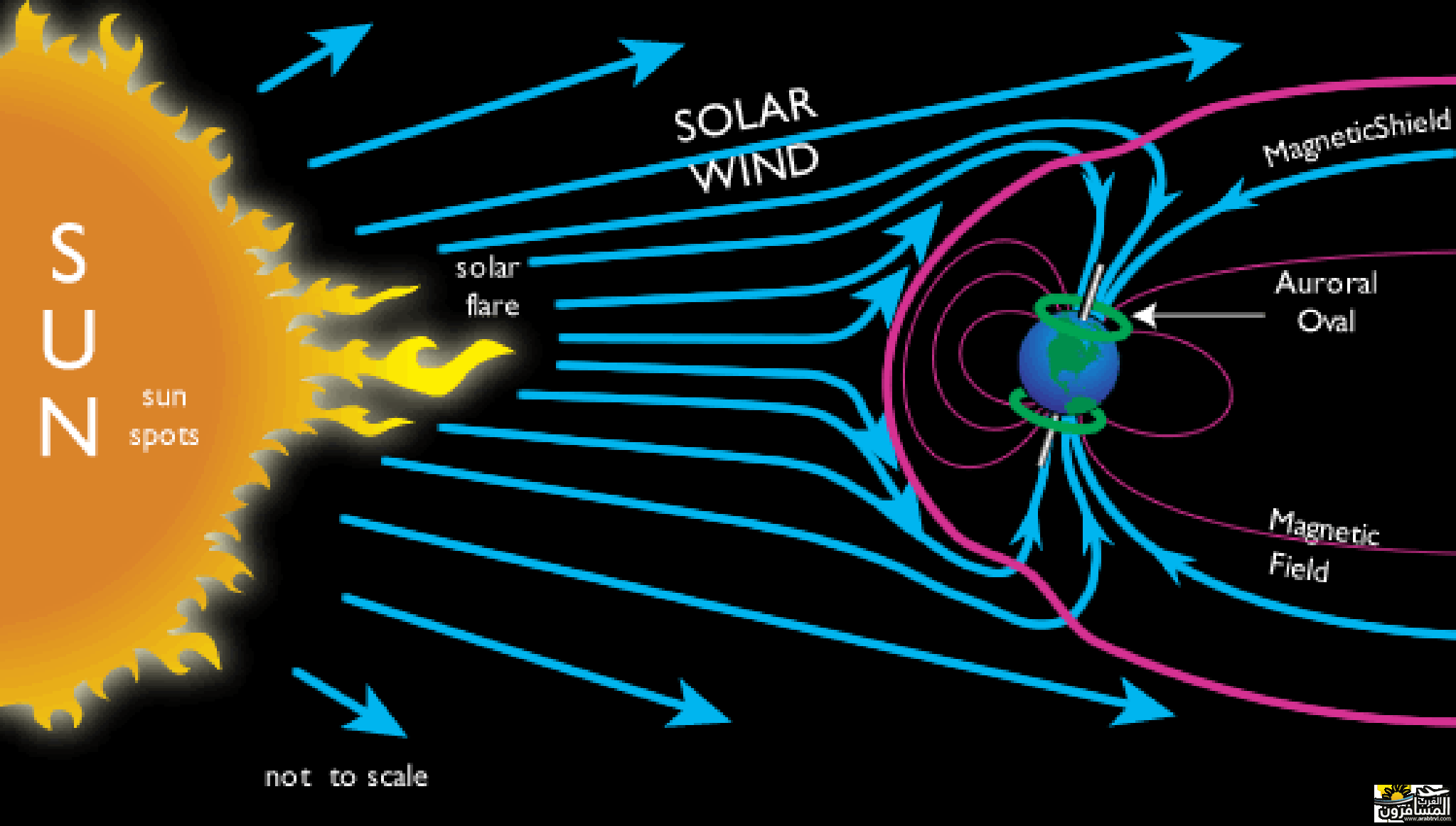
If the particles from the solar activity collide with oxygen molecules, the color of the lights in most cases are perceived as green. Variations of the color may appear if colliding with nitrogen particles—these create pink or purple colors, or hydrogen—blue colors.
The Aurora Strength
The strength of the Aurora can be measured with the Kp index, which depends on solar activity and geographic position. The Kp number shows the solar activity and indicates the strength of the Aurora seen from different locations.
Some of the Auroras are called “weak” and this means that you can witness them in the sky only in a few geographic locations. Others are “strong” and there are high chances to watch them in many places.

Getting closer to the magnetic poles rapidly increases the odds of viewing the Aurora. The further North you go, the higher the chance you’ll see the Aurora even if there’s not strong solar activity (i.e. a low Kp).
A Kp=2 zone means you can see the Aurora in that region even when the solar activity is not so intense. But the Aurora will be pretty weak. In order to see a strong Aurora, you’ll need to wait for a night with high levels of geomagnetic activity (usually one particular night every 5 – 6 days, but it’s not a strict rule).
To know the Kp index, you can consult many Northern Lights apps or Aurora Forecasts, some of them are even specialized for a certain region (i.e. the Norway Lights App is one of the most accurate ones).
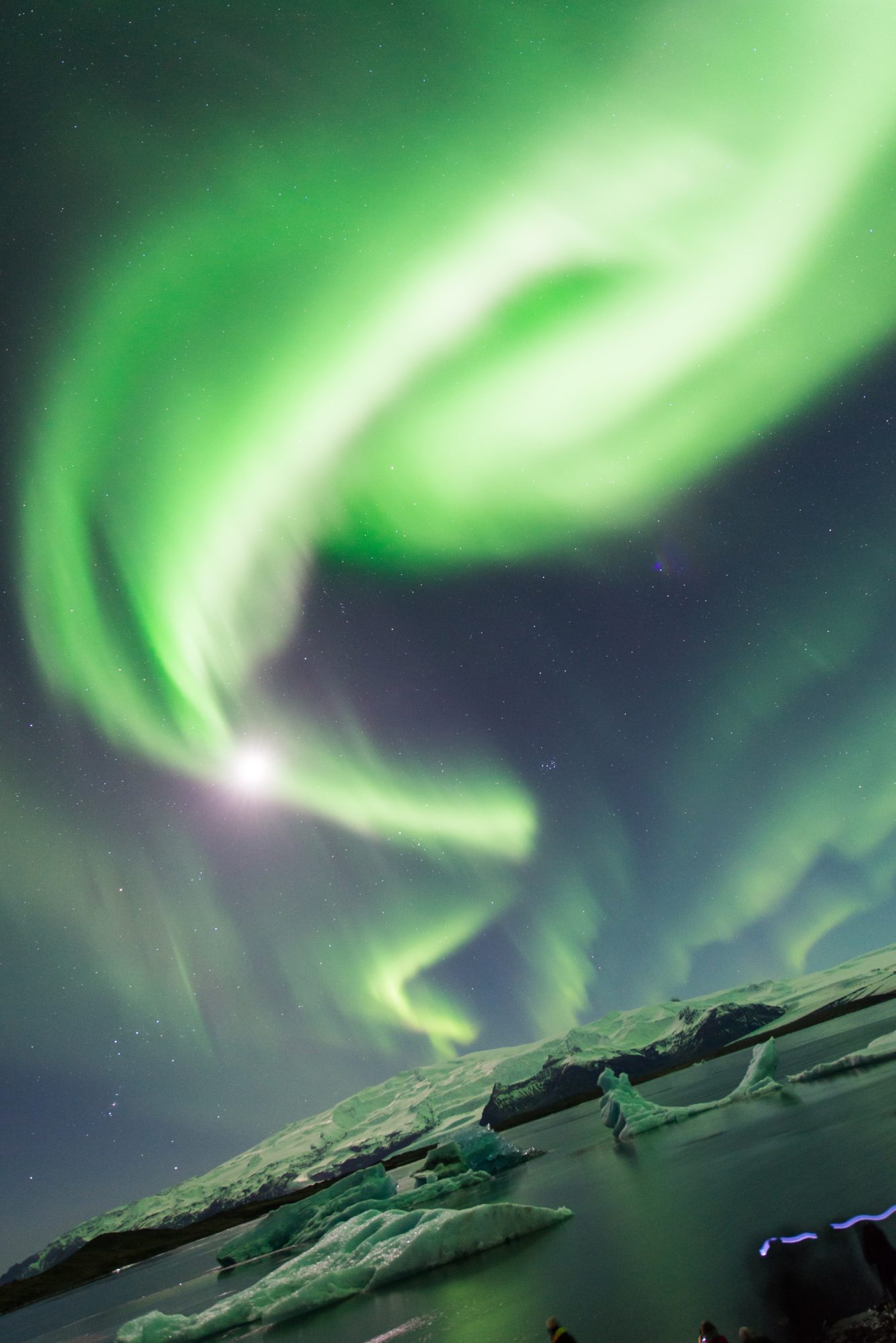
When I was chasing the Northern Lights in Tromsø, Norway (a Kp=2 zone), I planned to stay two weeks. During this time frame, there was intense solar activity (Kp=5/6) coupled with a clear sky only twice—so it was only then that I witnessed a strong and unforgettable Aurora.
Other similar best spots in Europe are in the northern parts of Norway, Sweden, and Finland (near the Arctic Circle).
The Best Time For Chasing The Northern Lights
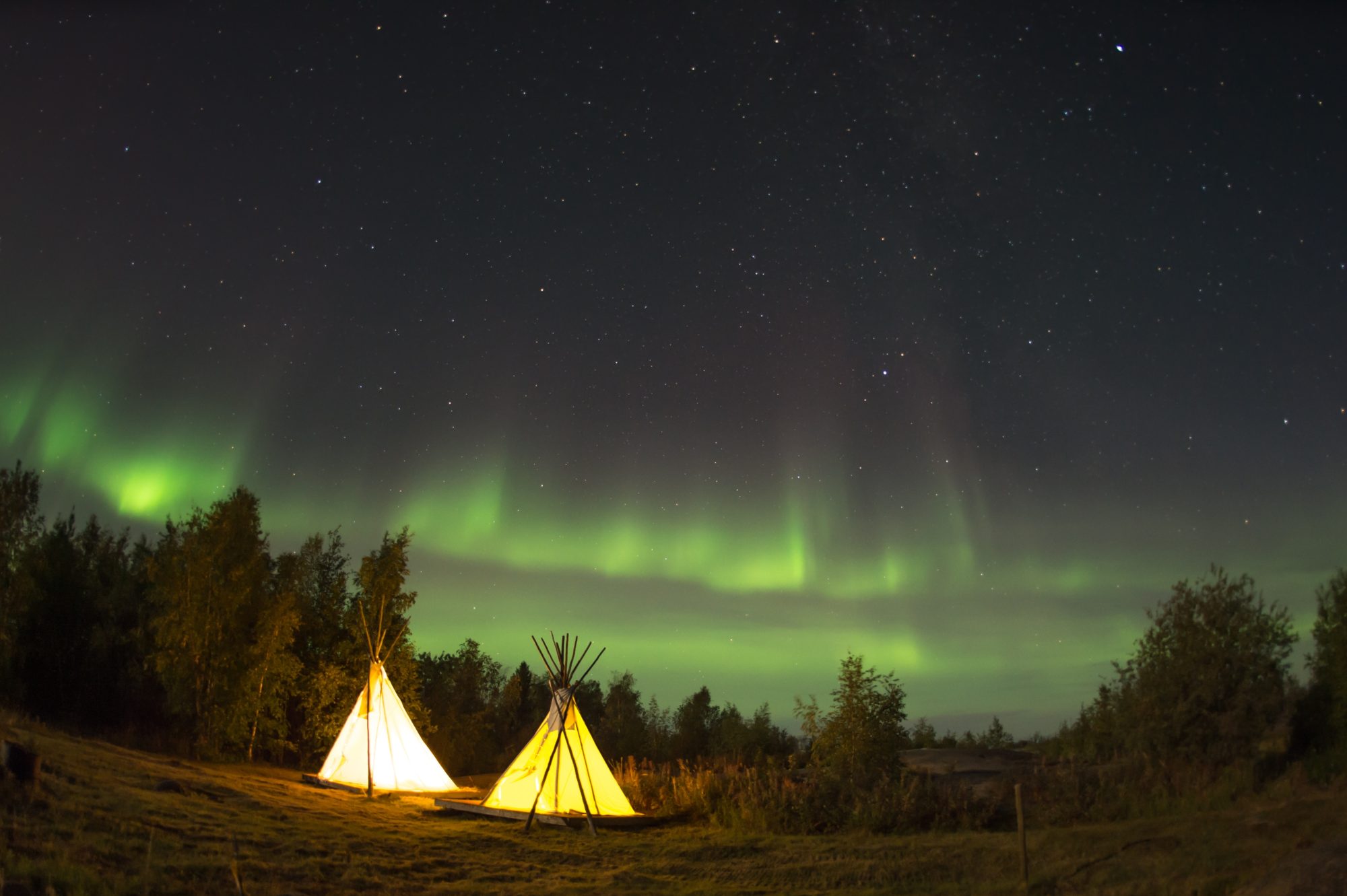

To chase the Northern Lights means coming to terms with the fact that you can only see them at night! In addition to a favorable Kp in the northern regions, long winter nights are a good setting to view the Northern Lights. September to April are the best times throughout the year because of the so-called polar nights, where there’s more night than daylight.
Also, Auroral displays can only be seen on clear nights away from light pollution. If you stay in a town located in the proximity of the magnetic poles, you will have to drive around 30 minutes away into the darkness of nature.
Besides clear and pollution-free skies, it is important to stay and wait for the Aurora in an open space, where you don’t have the horizon obscured by mountains or other natural obstacles. Otherwise, you’ll only be able to see the Aurora show when it’s right above your head (only in the far Northern regions) and this means you’ll miss it at first.
In the higher Kp regions, you’ll never see the Aurora directly overhead but only lower at the northern horizon.
How To Actually Chase The Aurora
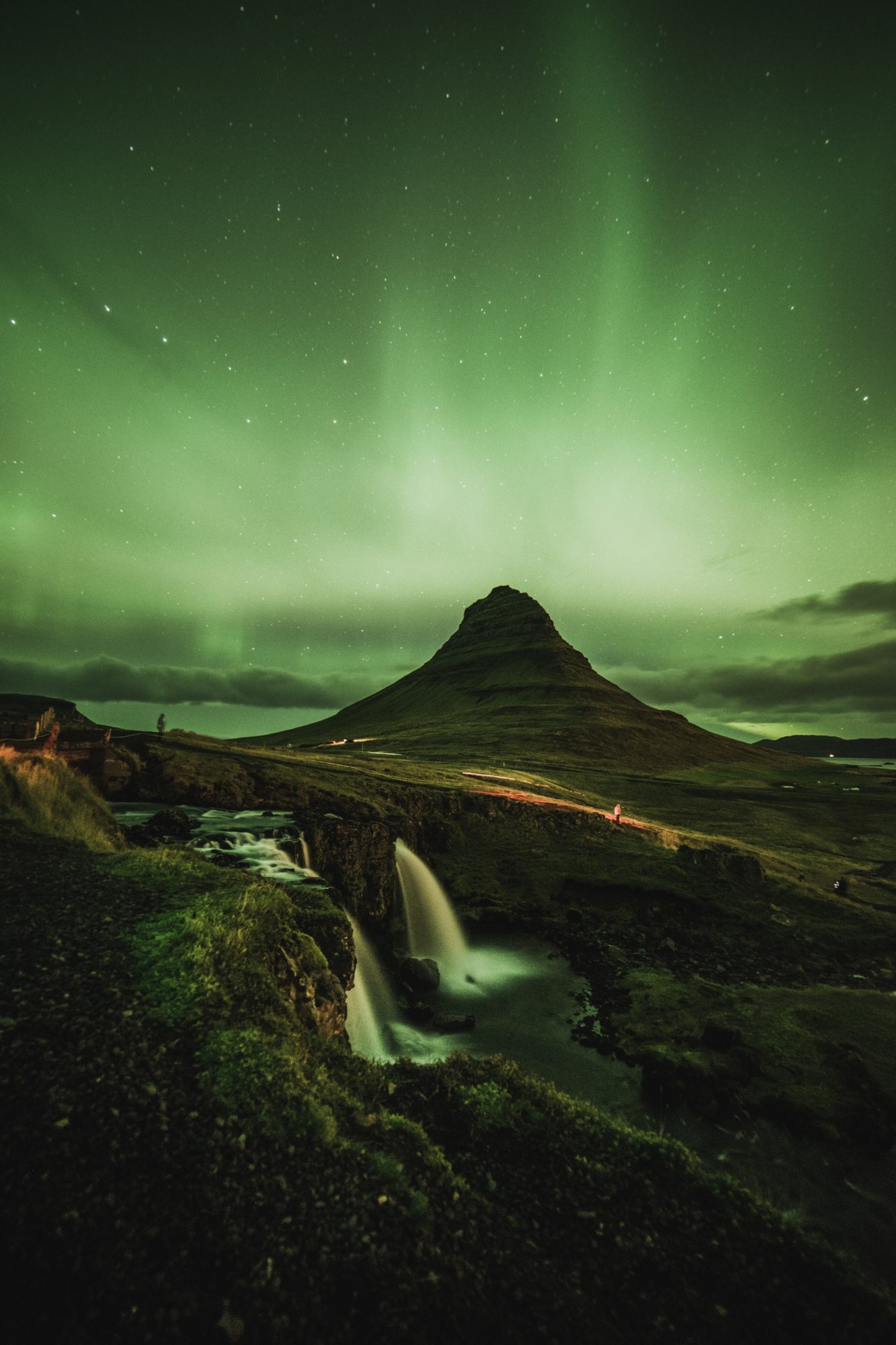

Seeing the Aurora doesn’t happen each night, although there’s always solar activity. There is a high chance you could go to a Northern region for three days, for example, but not see the Aurora. This can happen due to weak solar activity (unfortunately, none of us can control the universe!) Or perhaps because you don’t exactly know where to go to see it properly.
If you live in one of the areas close to the magnetic poles, then you should try to find the best spots during strong solar activity. It may take a long time though until you see your first Aurora and are able to take pictures of it.
If you are heading to Northern regions (i.e. Kp=2) and your only goal is to watch the Aurora, then booking a Chasing Aurora Trip with an agency is the best option.
Their advantage is that they know the best places to see the Aurora. They also know how to correlate the index Kp with the skies’ visibility. If necessary, they can even go several hundred kilometers to find the best spot.
Perhaps now you can understand why it’s called “chasing the Northern Lights”! These agencies really do chase the lights and help you return with the best memories.
Dress With Many Layers Of Clothing
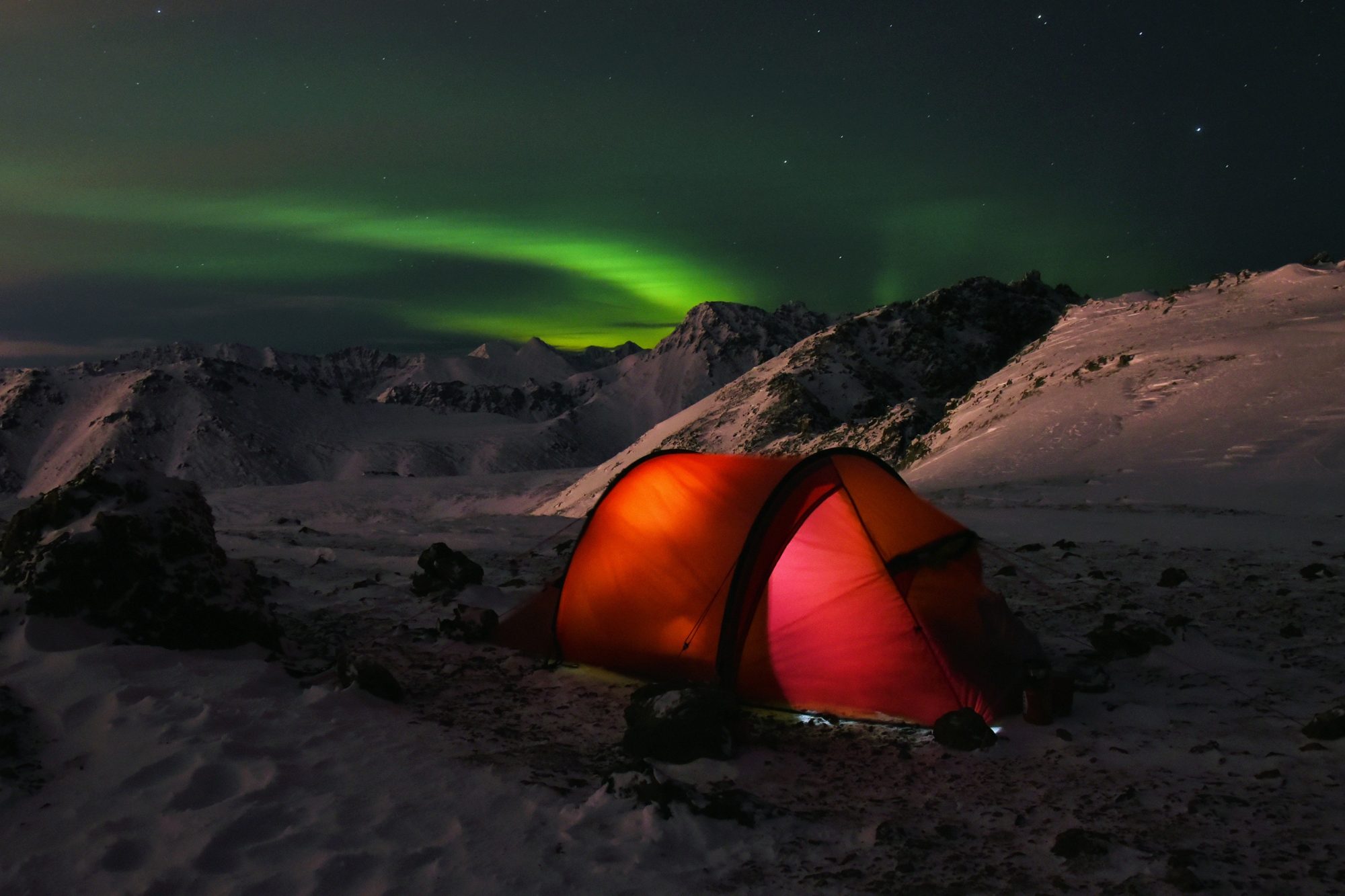

Since winter nights and Northern regions are the best conditions to see the Aurora Borealis, dressing properly in as many clothes as possible is a must in order to resist the cold. You will wait for the Lights in the middle of nowhere and be surrounded by snow. The temperatures will definitely drop below 0°C / 32°F.
If you want to take photos, set up your camera for long exposures on a tripod and wait…and then wait some more.
Good gloves, boots, spare batteries, and a remote control for your camera are also musts. If possible, add hot tea or coffee in a thermos and heat patches for hands and/or feet. When you’ll see the Aurora, you won’t want to leave from there—especially if it’s a Dancing Aurora.

